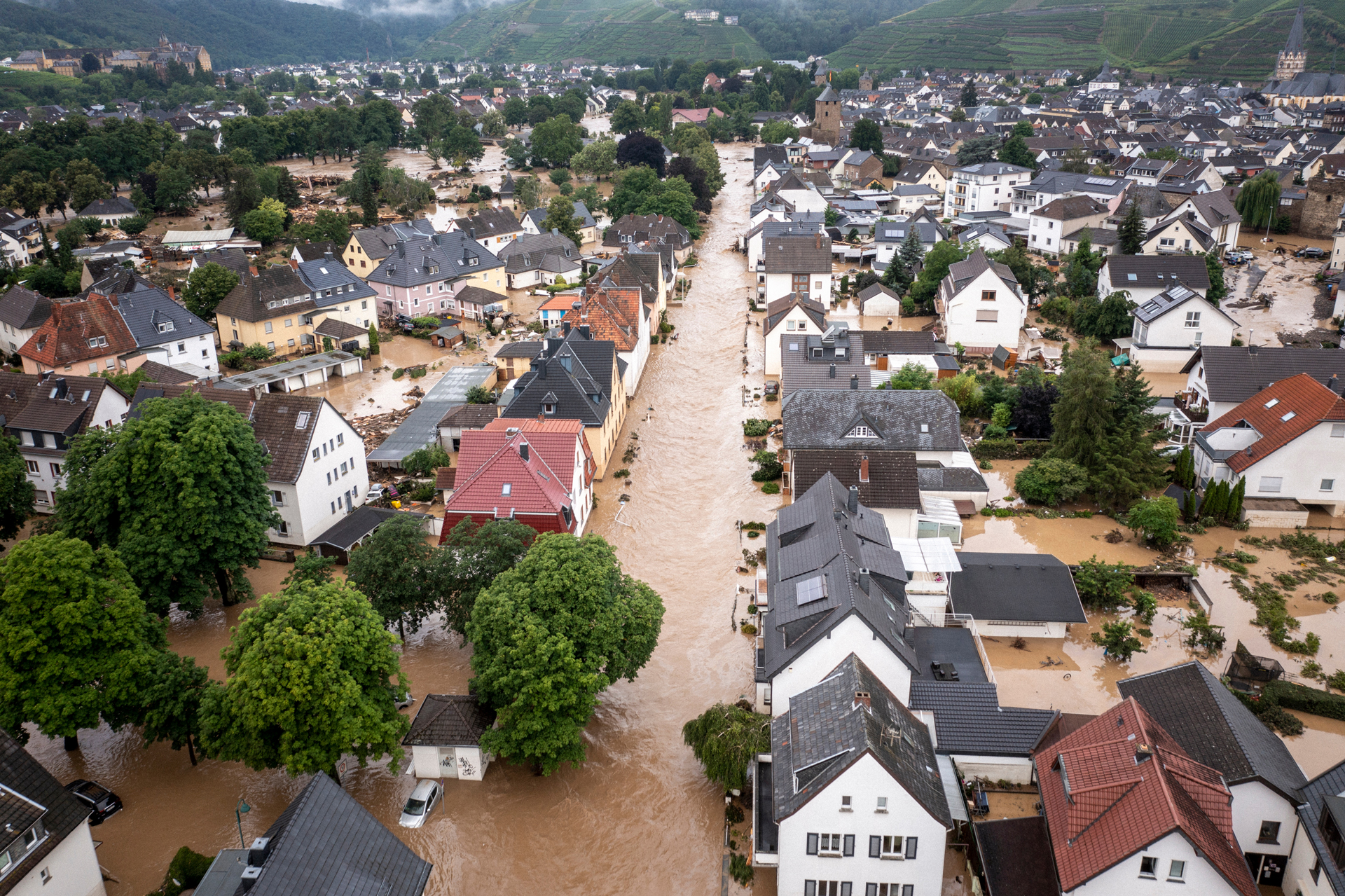
Breakthrough XDI modelling identifies Australian regions most at risk from poleward shift of cyclones
Areas in South East Queensland and northern New South Wales could face a new and potentially devastating risk from tropical cyclones being driven further south by climate change, according to new modelling released today by XDI (Cross Dependency Initiative), global leaders in physical climate risk analysis.
XDI is releasing maps of impacted regions around the world, starting with Australia, to indicate to governments where immediate reviews of building standards should be undertaken.
“Warm waters create and sustain tropical cyclones and modelling of warming sea temperatures suggest tropical cyclones will start reaching further south. This means areas previously outside of cyclone zones will be the firing line but, unlike northern Australia, these areas lack the infrastructure designed to withstand such extreme weather events.
“At the same time, other research suggests an increase in the peak intensity of winds in regions already experiencing tropical cyclones,” explains Dr Karl Mallon, Director of Science and Technology, XDI.
“These results are a wake-up call for governments, policy makers and asset owners to start understanding this risk and invest in adaptation measures to protect people and property,” he says.
XDI’s Climate Risk Engines now quantify property damage projected to arise from tropical cyclone and hurricane winds in affected cities and states around the world, from now until 2100. The XDI capability is unique in that it can account for specific building design codes to create a detailed picture of risk to property.
This new modelling suggests a concentration of risk if cyclones reach into the highly populated regions of South East Queensland and northern NSW where building codes are not designed for severe cyclones.

"Limiting carbon emissions is happening too slowly to avoid many climate impacts, so the regions we're identifying need to prepare for winds and high seas of an intensity they have never experienced before. They should seriously consider adopting higher building standards typical of northern Australia as soon as possible, because transitioning the built environment to cope with the wider reach of cyclones will take many years," says Dr Mallon.
The analysis comes as residents of northern Queensland are told to prepare for Cyclone Jasper. These are the kind of cyclones that XDI is concerned could reach communities further south.
Related posts

Going to COP30? Come see a preview of ResilienceArc - A world-first breakthrough in corporate transparency for climate risk and adaptation

XDI unveils next-generation Climate Risk Hub: Where flexibility meets power

Europe’s economic hubs drowning in risk: XDI warns flood damage risk rising in Milan, Paris, Frankfurt and beyond

XDI identifies international airport infrastructure at increasing risk from climate extremes
Contact us
Get in touch with one of our friendly team

